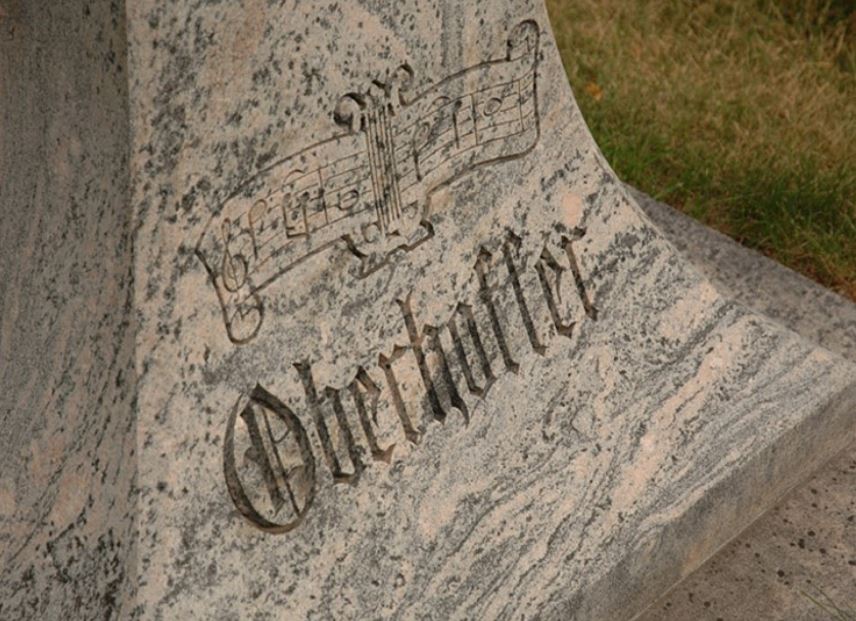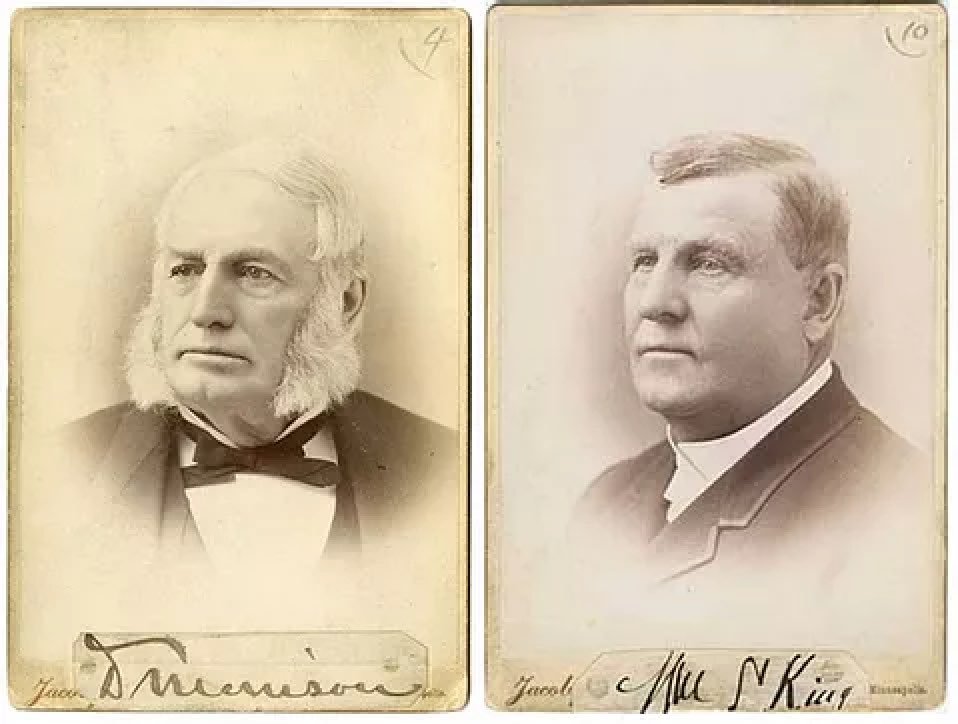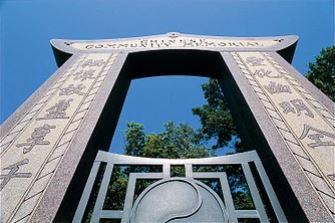It’s National Wildlife Week! Today in the Lakewood blog we honor an individual who devoted his life—from his teenage years until his death—to the documentation and preservation of Minnesota wildlife.
In 1890, the Lakewood Cemetery Association donated 31 acres of forest and wetland to the Minneapolis Park Board. That land, which borders the cemetery to the south, today honors physician and ornithologist Thomas Sadler Roberts. The area remains one of the city’s well-preserved green spaces, and is known to the public as Roberts Bird Sanctuary.
Thomas Sadler Roberts was born the same year Minnesota became a state (1858), and moved to Minneapolis with his family the year the frontier town was officially incorporated as a city (1867). His father, raising the family in Philadelphia, was diagnosed with Tuberculosis when Roberts was a child. Being a man of some means, Roberts’ father moved the family (as many East Coast-ers did when Tuberculosis was in full force) to Minnesota for the cleaner air and, oddly, more healthful climate.
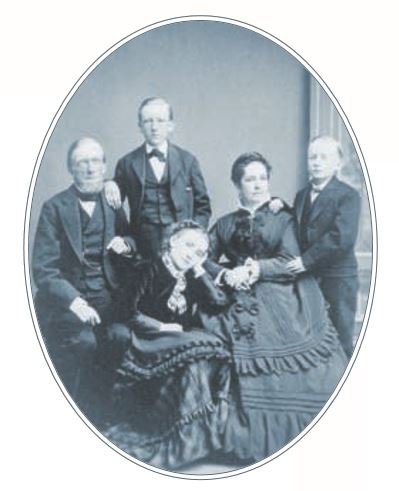
The Roberts Family, estimated 1867. Thomas is in the back row.
Source: Sue Leaf’s “Tale of Two Siblings”
Young Thomas quickly became engulfed in the natural beauty of his new home, still a burgeoning city with significant green space. His father, in need of frequent trips to the countryside for fresh air, brought young Thomas along for his rides, inspiring Thomas’s passion for nature.
At age 9, Thomas began keeping a bird journal where he documented the birds he had seen on these excursions with his father. As a teenager, he helped found the Young Naturalists Society. This group of friends from Minneapolis High School was anything but amateur. One of the member’s fathers was a part of the subscription library the Minneapolis Athenaeum, which gave these young students access to books like John James Audubon’s “Birds of America” and George Perkins Marsh’s “Man and Nature.” They held their meetings and stored many of their notes in Thomas’s bedroom, and from their studying and field research created remarkably thorough materials on Minnesota’s plant and animal life. Between the ages of 16 and 18, Thomas himself collected and preserved nearly 600 bird specimens. In 1877, he was valedictorian of his high school, and gave his speech about the importance of pursuing immersion in nature and “recreation of the mind” over pursuing wealth.
After attending the University of Minnesota for two years, Thomas moved back to Philadelphia to study at the University of Pennsylvania’s Medical School. Upon his return to Minnesota in 1886, he began working as a physician, a practice he maintained until his 50s. As a doctor, he was well-known for his ability to diagnose complex illnesses, and the Mayo Brothers regarded him as one of the top 5 diagnosticians in the country. Many attributed his diagnostic skill to his detailed memory—a quality that also served him well in his documentation of birds, plants, and animals.
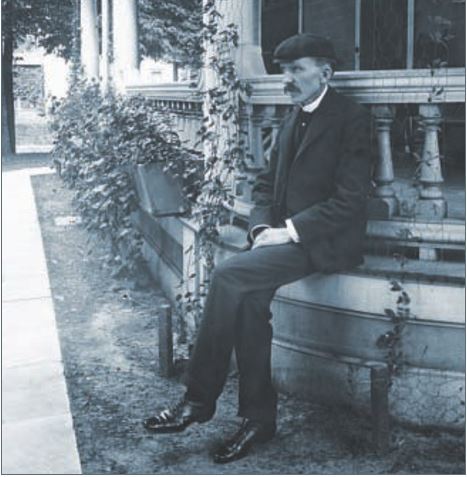
Roberts sits at home on Minneapolis’s 4th Avenue, 1898.
Source: Sue Leaf’s “Tale of Two Siblings”
While working as a physician, Roberts never let his dedication to ornithology and natural history lapse. He constantly documented birds, and around age 40 he took up bird photography. And his medical practice afforded him connections that expanded his love for natural history, too: In 1914 Roberts served as a personal physician to one of his patients, James Stroud Bell, in the Florida Everglades. On this trip he became friends with Bell’s son, businessman and philanthropist James Ford Bell. After Roberts retired from his medical practice in his 50s, James Ford Bell proposed to fund a natural history museum, with Roberts at the helm. Together they opened what became the University of Minnesota’s Bell Museum of Natural History.
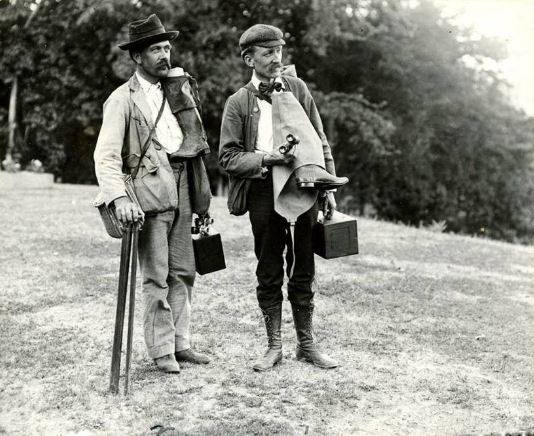
Roberts and a friend on a bird hike in 1900. Source: MPR via Bell Museum
Throughout his working life, Roberts built a collection of about 1,200 reference books on birds. He used this information, as well as his decades of field research, to amass and release the two-volume “Birds of Minnesota” guide in 1932. This guide boasted 1,512 pages of text, photographs, and drawings. In 1941 he presented his collection of ornithology texts to the University of Minnesota, contributing enormously to their natural history library.
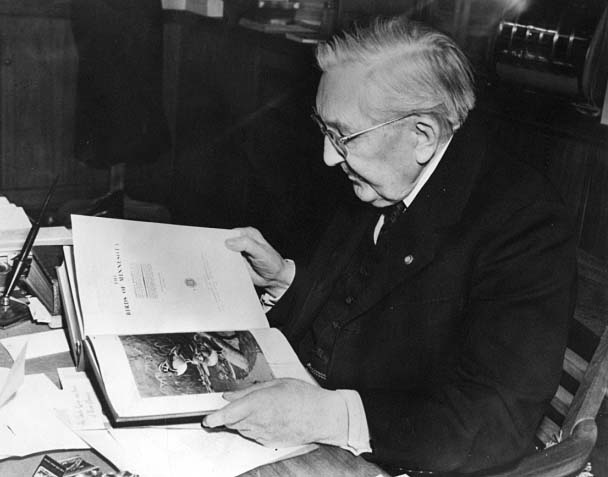
Thomas Sadler Roberts looks through his “Birds of Minnesota” book, 1940.Source: Minnesota Historical Society
Thomas Sadler Roberts served as a member of the American Ornithologists Union until he passed away in 1946 at age 88. That year, the land that Lakewood donated to the Park Board was named in his honor. Roberts’ ashes were buried in Lakewood’s Section 10.
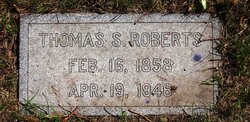
Thomas Sadler Roberts’ grave marker at Lakewood. Source: Find A Grave
